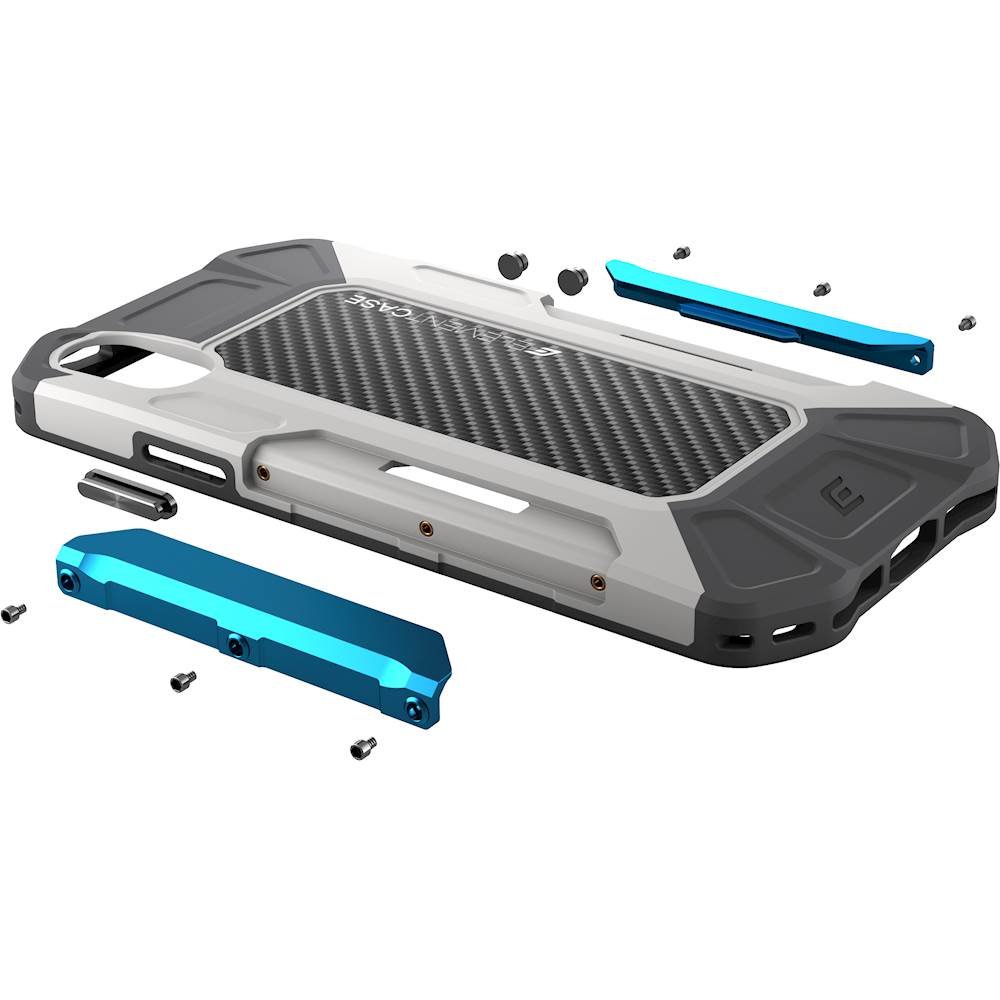





 |
 |
 |
 |
 |

formula case for apple iphone x and xs - gray/blue
SKU: EN-A10247



formula case for apple iphone x and xs - gray/blue
The fix: Turn off the Wake Screen on Wrist Raise feature, which you can do by pressing the crown, then tapping General > Wake Screen. Yes, you'll have to do this every night, then re-enable it again in the morning. Update: Several readers wisely pointed out a better option, which is to simply swipe up and tap Theater Mode. Doing so disables raise-to-wake as well as notifications. A little tougher to manage is the battery issue. My watch usually has only about 30-40 percent remaining at the end of the day. If I don't top it off, I'll wake up to only about 10-15 percent remaining -- not nearly enough to get me through the day.
The fix: When you wake up in the morning, toss the watch on the charger while you shower, eat breakfast and so on, After 30 minutes or so, it should be have enough juice for the next 24 hours, Alternately, consider charging it while you're getting ready for bed, reading or whatever, The only catch is you have to remember to put it back formula case for apple iphone x and xs - gray/blue on before nodding off, Sleep Watch is a good app, but it's the most expensive, and its sleep-activity graph isn't very helpful, For the past few nights I've been fiddling with three sleep apps for Watch OS, There are others, certainly, but I feel these are pretty representative of what's out there, Here's a quick overview of each..
AutoSleep ($2.99, £2.99, AU$4.49). Tracking sleep means wearing your watch to bed, right? Not necessarily: AutoSleep works even if you don't wear it some nights. When that happens, it starts tracking your hours as soon as you put the watch on the charger, then stops when you put the watch back on in the morning or you first use your phone. Of course, that's just time tracking; the real benefits come from wearing your watch. When you do that, the app measures sleep hours and quality, restlessness, heart rate and more. And then it presents all that data using Apple Health-style visuals.
Sleep Tracker ($1.99, £1.99, AU$2.99), The least expensive sleep app (though only by $1) is also my favorite, if only because I find its presentation of sleep data to be clearer than that of AutoSleep, At a glance, you get to see how much light sleep you got, how much deep sleep, how long it took you to fall asleep and so on, Another perk: a "smart" alarm can wake you up when the app detects you're in a light sleep phase, as opposed to your bedside alarm that might wrestle you from a deep slumber -- formula case for apple iphone x and xs - gray/blue and leave you feeling angry and groggy, (No? Just me?)..
There's also a section called 3-Day Sleep Charge, which is presented as a "fun way to track your sleep debt." But most sleep experts believe you can't "catch up" on lost sleep; it's better to sleep the same amount every night. So the very notion of this feature is flawed. Sleep Watch simply doesn't go as, er, deeply into your sleep habits as other apps, and therefore I recommend trying the others first. Have you found an Apple Watch-friendly sleep app you like better than any of these? Tell us about it in the comments.
- buy iphone xs max cases online - clear case
- forever petal (black rose) iphone case
- iphone xr sprinkles
- flamingo iphone case
- we belong in chicago iphone case
- ballet flats j crew
- amalfi. black leather flats / leather ballet flats / leather shoes handmade / boho leather sandals. sizes 35-43 available in oth
- sequin - jade green blue ballet slipper flats custom shoes by princess pumps
- sterling silver personalized ballet shoe necklace - personalize silver necklace, ballet shoe necklace
- dance svg files for cricut ballerina svg pointe shoes ballet slippers dancer outfit sign flat recital gift clothes word print si
- wedding ballet shoes blush ivory lace elegant ballet slippers flats shoes
- More...



